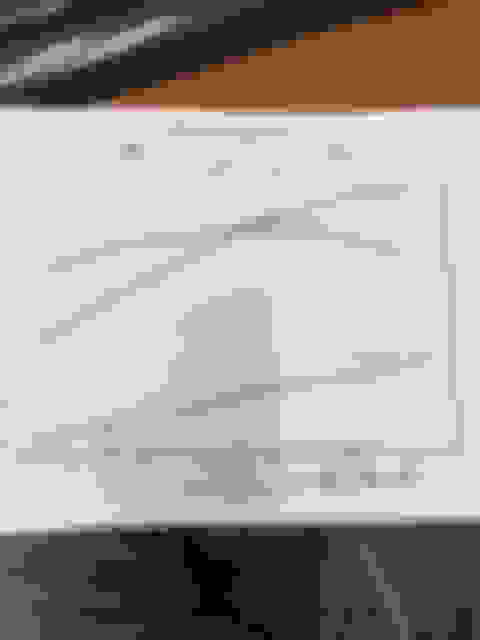

- LQ4 PRC2.5 HEADS FLYCUT PISTONS FULL
- LQ4 PRC2.5 HEADS FLYCUT PISTONS MODS
- LQ4 PRC2.5 HEADS FLYCUT PISTONS FREE
If you are not using an LS9 block, you need ARP head studs to rectify. Just like the LS3, the large valves require a 4-inch bore, and the LS9 also has a thicker deck and larger head bolts for better clamping with boost. Titanium intake valves and sodium-filled exhaust valves keep it on par with the LS7 and allow the engine to peak at 6,500 rpm. The factory CNC porting would seemingly increase flow, but a few changes to the port shape were made to improve swirl that actually decreases flow (but improves over-all performance in a supercharged application). The rotocast method (also used on the LSA) and the use of A356T6 alloy make this a stronger casting that is better at handling the added heat generated from a supercharger. Though they bare plenty of resemblance to the LS3, the LS9 head has a number of features that make them more suitable for boosted applications. The formula for building the most powerful factory GM engine ever was fairly simple: Add a supercharger to the LS3 and beef it up considerably. These heads are available for a scant $375 from Chevrolet Performance dealers, making them an excellent bang for the buck. The massive intake valves necessitate a 4-inch-or-larger bore with no other special consideration needed. The L92 head was the first to boast 330 cfm while being dirt cheap, which started the craze.

Though sacrifices were made for emissions, you won’t find a higher-flowing head for the money. A better casting was used for added strength on the supercharged LSA, but it is also mostly unchanged since its original inception. Only one significant change was made for use on the LS3 engine in the Corvette, Camaro, and G8 GXP–hollow-stem valves. These mini-LS7 heads debuted in Australia first in the 2006 Holden Commodore (among others) as the L76 and L98, but are most commonly known for their debut on the 2007 Escalade’s L92. These heads are available at any Chevrolet Performance dealer for around $1,500. And the large valves necessitate a 4.125-inch or larger bore, and otherwise bolt right up with LS7-specific intake manifold bolts. The large, raised runners and 12-degree valve angle enable substantial flow that supports large cubic inches. Right out of the box, these heads have supported more than 600 hp naturally aspirated and substantially more with forced induction. Titanium intake valves and sodium-filled exhaust valves were previously unheard of in a domestic factory engine, which revved to 7,200 rpm, another anomaly for a pushrod V-8. Although common in the aftermarket, CNC-porting of the intake and exhaust runners is usually too costly for a factory head. These were the first heads to bring race car quality and technology to the OEM side. You can copy and paste this link to share:
LQ4 PRC2.5 HEADS FLYCUT PISTONS FREE
SHARE THIS ARTICLE: Please feel free to share this article on Facebook, in Forums, or with any Clubs you participate in. For a comprehensive guide on this entire subject you can visit this link: LEARN MORE ABOUT THIS BOOK HERE
LQ4 PRC2.5 HEADS FLYCUT PISTONS FULL
This Tech Tip is From the Full Book, HIGH-PERFORMANCE GM LS-SERIES CYLINDER HEAD GUIDE. However, the aftermarket can achieve the performance potential of a race head that is compatible with factory intake and exhaust patterns. Factory heads have design compromises for emissions and cost (obviously missing from aftermarket designs) and are optimized for low-lift camshafts and other OEM components. However, aftermarket castings boast designs more suitable for both more extreme applications and street cars looking for better torque. 040, Cranne 1.Rectangular port heads boast a clear advantage in the flow department and are ideal for high-RPM, big-cubic-inch, and purpose-built drag racing applications.įactory castings are capable of 360 to 400 cfm when ported properly, which can make it difficult to justify an aftermarket casting. That is why I am cncerned about the smaller valves of the AFR 165's? Is that a concern?Īlso what cam would work w/ my current setup? Do I have to get a Custom Grind, or is there a box cam that will work? The old Wolverine 1087 was mentioned if you can still get it.ġ 5/8" Jet-Hot coated BBK Long tubes, w/ matching shorty o/r H-pipe, Flowmaster cat back 2 chambers, 3.55:1 gears, Kenne Belle RAM Air (may be removing), Underdrive pulleys. I would also like a head that I can be ported to work great w/the blower in the future. And when the married guy budget can afford it I will most likely add a blower, BUT that may be 2yrs.
LQ4 PRC2.5 HEADS FLYCUT PISTONS MODS
Thanx for the info, I pasted a list of my mods below.


 0 kommentar(er)
0 kommentar(er)
